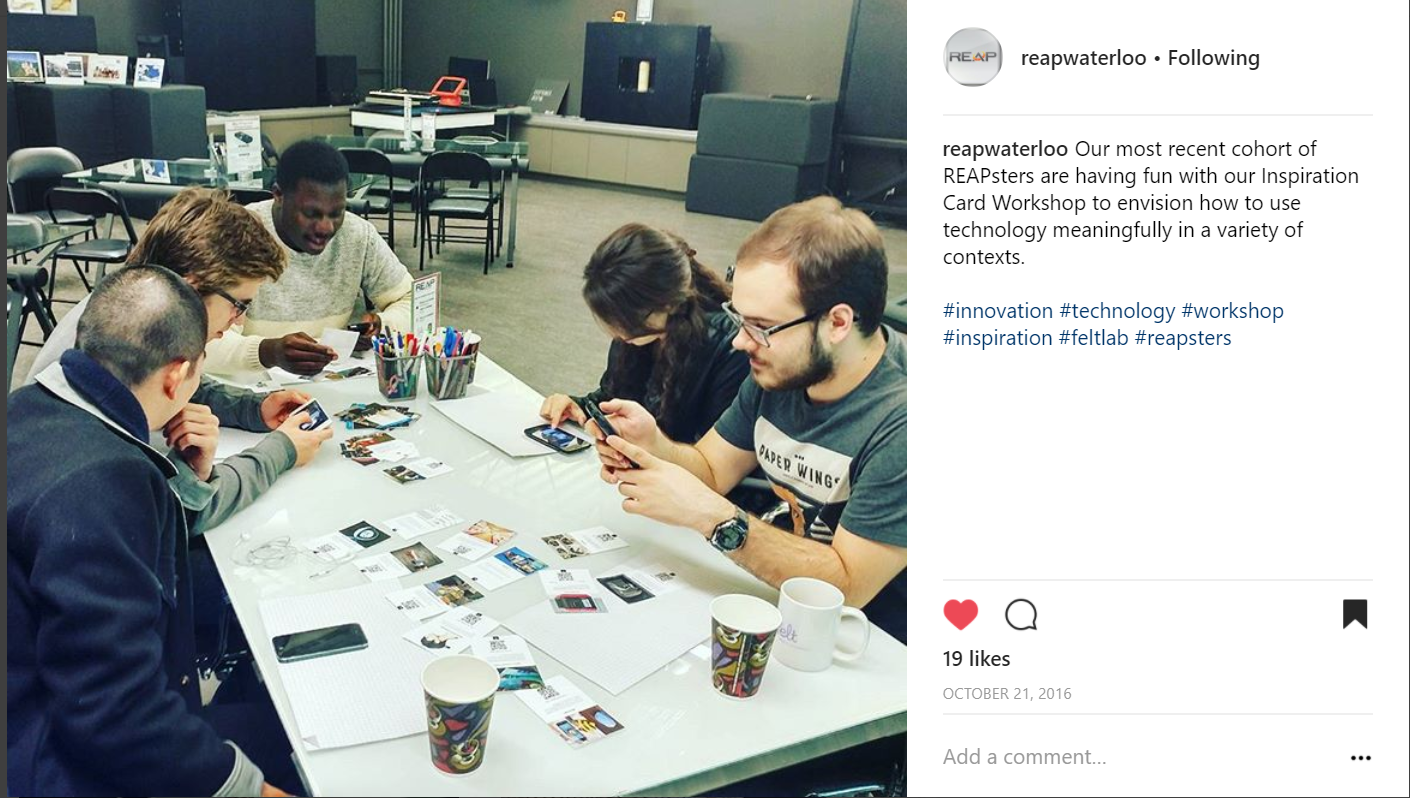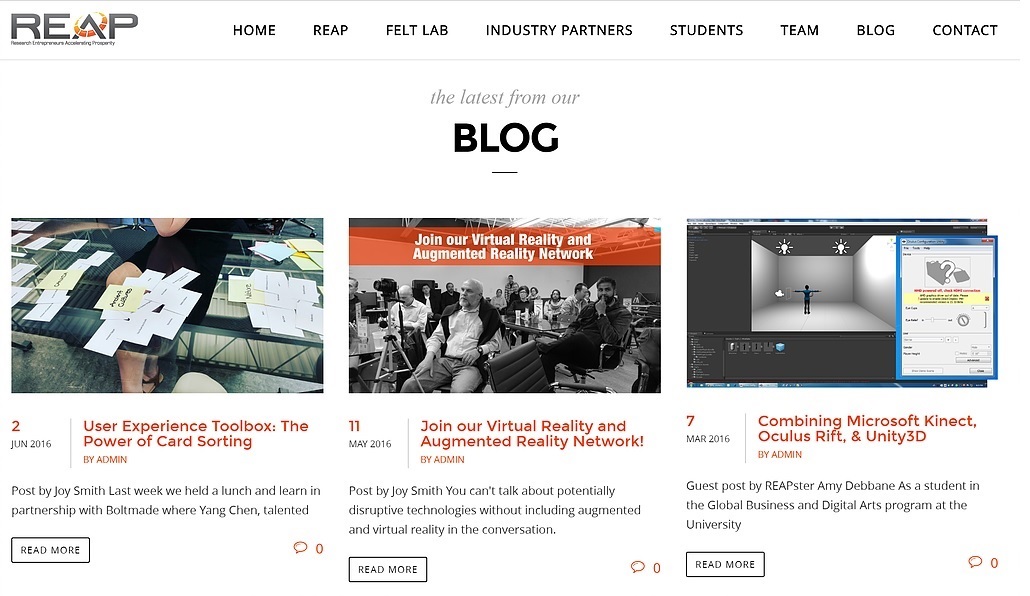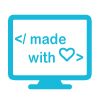What is Research Entrepreneurs Accelerating Prosperity (REAP)?
"REAP brings creative academic and private sector experts to explore new technologies – especially those involving interactivity, responsiveness, and digital display environments – in order to spark “research entrepreneurship.” Research entrepreneurship departs from the traditional “lab to patent” model. It focuses more on finding new applications of, and uses for, emerging technologies than on creating technologies from scratch. Specifically, this model encourages researchers to turn creativity into prosperity by engaging in innovation and entrepreneurship."
- REAP

My Role at REAP
I was granted the opportunity to pursue my own research projects using any of the technology offered in the lab. For my first project, I explored combining the Oculus Rift with the Kinect to allow mobility and control in a virtual universe, since I was drawn to finding applications for virtual reality (VR).
-
Tools Used
-
Unity 3D
-
Oculus Rift Dk2
-
Xbox Kinect
-
Developed Skills
-
Usabilty Testing
-
Problem Solving
-
Written and Oral Communication
My First Research Project
As a researcher, I was given 10 hours to complete one project. I created a schedule that allowed me to complete the large project despite the limited time. For example, the first step was to figure out which platform or software I would need to work with the Kinect and the Oculus Rift. Unity3D quickly came up in my google queries and I saw that there was a large online community, so I knew that if I ran into an issue, I could find an answer there. So, I downloaded it and set up my environment.

As you can see above, I quickly ran into some errors. If I ran into an unsolved issue by other developers on the web, who tried to build similar scenarios for the Oculus Rift and the Kinect, I bounced ideas of professors in the lab who were also passionate about VR. I revisited the issue until I solved them or recorded what I knew about them for future research students to refer to.

All my goals and deadlines were met in a timely manner; as a result, I was able to successfully combine the Oculus Rift with the Kinect and conduct usability testing on the immersive VR experience. I shared a blog post on what I learned, and what could be done in the future if the project were to be continued. During the VR project, I learned that the Kinect is not a very accurate tool for the detection of body positioning, creating a not as enjoyable user experience so opting for other technologies such as the Leap Motion could be a better alternative. My perseverance in the face of pitfalls aided me in learning many technical skills that I applied in my next project on optimizing user interface design for VR.
